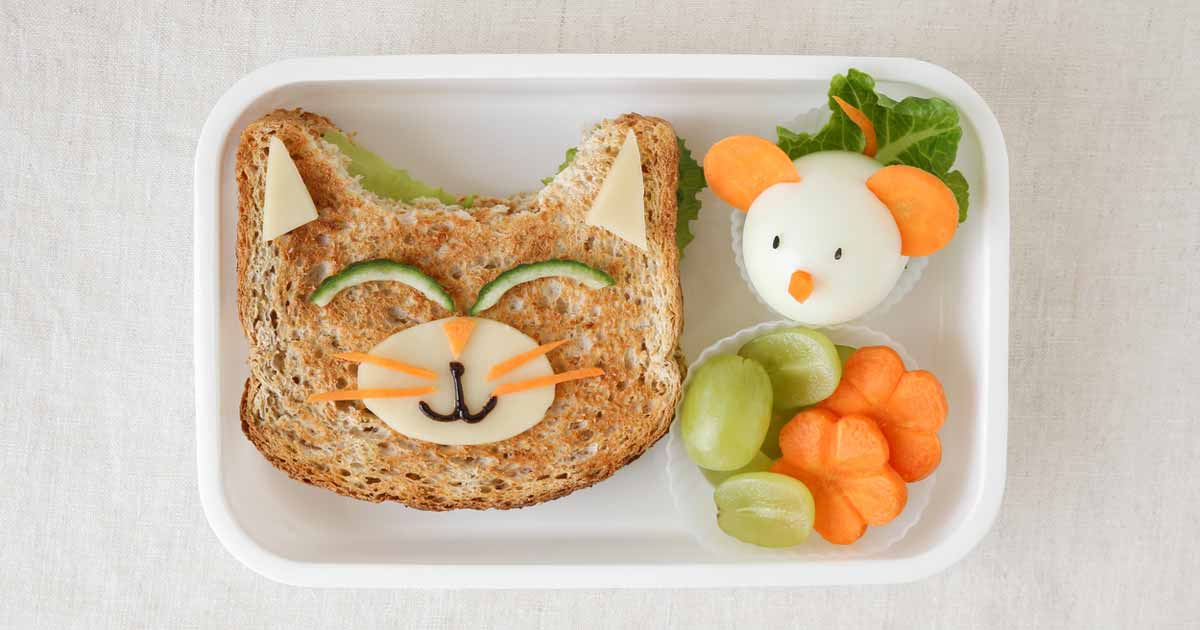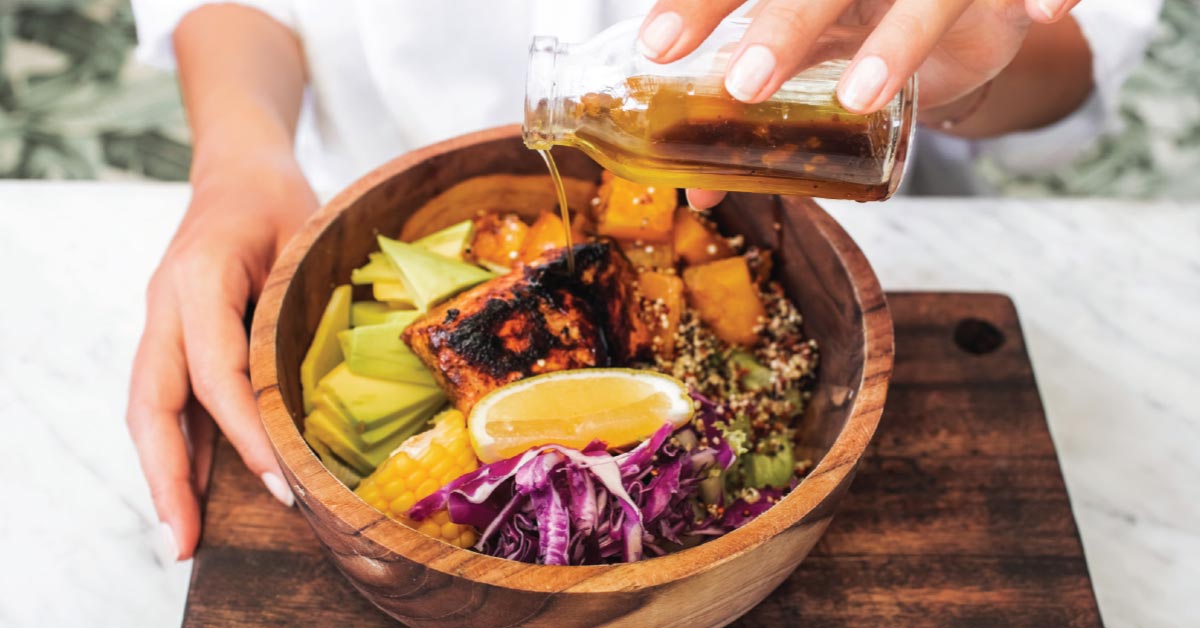Summer vacation is winding down and back-to-school time is upon us. Get the skinny on how you can ensure mid-day meals pack a nutritional punch this school year.
Among the many things on a parent's to-do list—immunizations, sports physicals, school supplies—is making sure the kids have a healthy, nutritious lunch each day.
Jill Graybill, a community nutrition educator with Spectrum Health Healthier Communities, remembers when she and her siblings carried packed lunches off to school each day.
"We loved when Dad made lunch because he gave us whatever we wanted—which often meant sugar and butter sandwiches, a candy bar or a large bag of chips," she said. "We were the envy of all the other kids eating lunch on those days, but unfortunately, my health paid a toll and I struggled with my weight as a kid."
With the growing childhood obesity epidemic in this country, it's imperative that kids eat healthy, balanced meals throughout the day. A nutritious lunch also jumpstarts the afternoon and helps students stay energized and focused.
So what's the best choice—pack it or pay for it?
Either can be great, said Graybill, with some advanced planning. And, yes, we're talking about lunches your kids will actually eat.
Create a plan ... Together
First, sit down with your children each week and review the lunch menu that's offered at school. Jointly agree which days you'll purchase, which you'll bring.
"This is a great opportunity to talk to your kids about the importance of healthy food and which foods may be better choices than others," Graybill said. "And by involving your child in the meal plan, there's a better chance they'll stick to it."
Use MyPlate to help them visualize a nutritious, well-balanced meal. Explain how half their plate should be fruits and vegetables, the rest whole grains and lean protein. And don't forget some form of dairy, like milk or cheese.
Encourage your kids to drink only milk or water.
"Even 100 percent fruit juice is loaded with sugar, so pack oranges instead of orange juice or grapes instead of grape juice," Graybill said. "Your kids will be satisfied longer and hooked on fruit instead of sugary juice."
She also urges parents to discuss vending options, particularly with older kids.
"Middle and high schoolers tend to visit vending machines and opt for a bag of Cheetos and a sports drink for lunch," Graybill said. "Like the sugar sandwiches and candy bars I had growing up, these foods have no health benefits and are essentially empty calories."
Be selective with school lunches
The National School Lunch Program provides guidelines for the nutritional content of meals offered through schools, including the caloric content, fat content and micronutrients such as calcium, iron and vitamin A.
"Lunches provided at school are getting better all the time and often include fresh produce and whole grain foods," Graybill said. "Lunches brought from home rarely meet the tough nutrition standards now required in all school meals programs."
The guidelines are broad, however, and foods that may be considered unhealthy might still fit into them. Many schools also offer additional choices that are high in fat, calories and sugar.
"Kids tend to fill up on those poor choices, if available, rather than the nutritious foods," Graybill said. "That's why it's so important to talk to your kids about nutrition and to carefully select and agree upon the meals or other items they'll purchase each week."
Make the most of packed lunches
Ask your children which fruits and vegetables they'd enjoy, said Graybill, and then use your ingenuity to make and pack them in more kid-friendly ways.
"A sliced-up apple may be much more appealing than a whole one. Or if they're tired of regular bread for sandwiches, try other whole grain varieties like pitas, flatbreads, crackers and small bagels," she said. "Go light on the mayo and add veggies whenever possible for a balanced meal."
If your child is a grazer, meaning he or she eats small portions often, try finger foods such as:
- Whole grain crackers, a few slices of lunch meat and small slices of cheese.
- Nut butter or nut-free butter (like those made from sunflower seeds or soy) with jelly on a whole wheat tortilla rolled and cut into pinwheels.
- Trail mix.
- Veggies and dip.
You can also provide them with some additional nutritious snacks to take or eat after school.
Remember to use an insulated lunch bag and a freezer gel pack to keep everything cool enough until lunch time and prevent food poisoning.
This article was republished with permission and originally appeared on healthbeat.spectrumhealth.org.
Content and photo courtesy by Spectrum Health.




